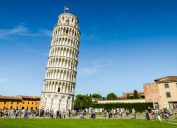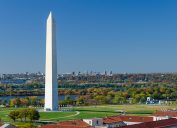23 Super Secret Spaces Hidden in Famous Landmarks
There are caves, crawlspaces, and living quarters in some of the world's most popular sites.
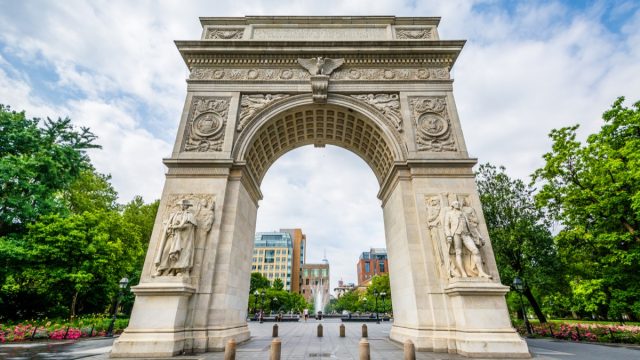
Tourist attractions are like onions: Peel back the layers and you might just discover something you never expected to find. Don't believe us? Well, what if we told you that some of the most famous landmarks in the world have secret spaces within them, many of which guests can actually visit. It's true! These hidden caves, crawlspaces, and apartments offer travelers a completely different perspective on well-trodden territory. (Not to mention, these are the perfect hiding spots when the crowds of tourists get too overwhelming.) Keep reading to discover the surprising and unique hideaways in some of the world's most famous landmarks.
1
The tiny police station in Trafalgar Square

Location: London, England
There is one lamppost in London's Trafalgar Square that is more than meets the eye. Secretly, it's actually a really tiny police station—London's smallest, actually. According to The Telegraph, it was installed in 1926 so police could be close to the protests that so often occurred in the square. It even allegedly had a direct phone line to Scotland Yard back in the day. If you're ever across the pond, you can peek in and have a look, but all you'll see are mops, since the station is now used as a cleaning closet.
2
The apartment in the Eiffel Tower
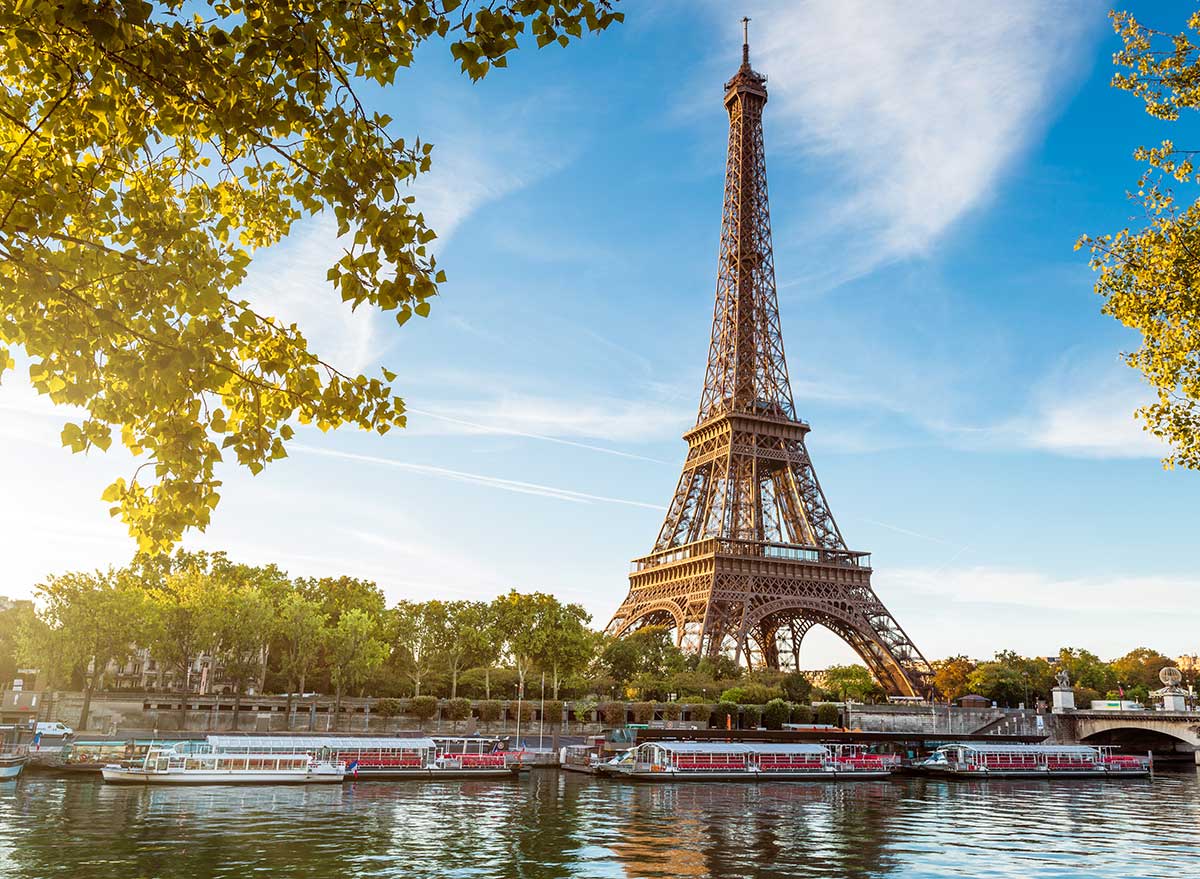
Location: Paris, France
Have you ever fantasized about living in the Eiffel Tower? Well, your dreams could technically be a reality, seeing as there's a secret apartment built into the landmark.
When Gustave Eiffel designed the tower, he included a private apartment for himself at the top. When he died, he even left the place in mint condition—furnishings and all. Today the apartment houses mannequins of Eiffel and Thomas Edison, who was one of the lucky few who got to visit the abode. Visitors can view the small space through a window with the purchase of a ticket to the top of the tower.
3
The Hall of Records at Mount Rushmore
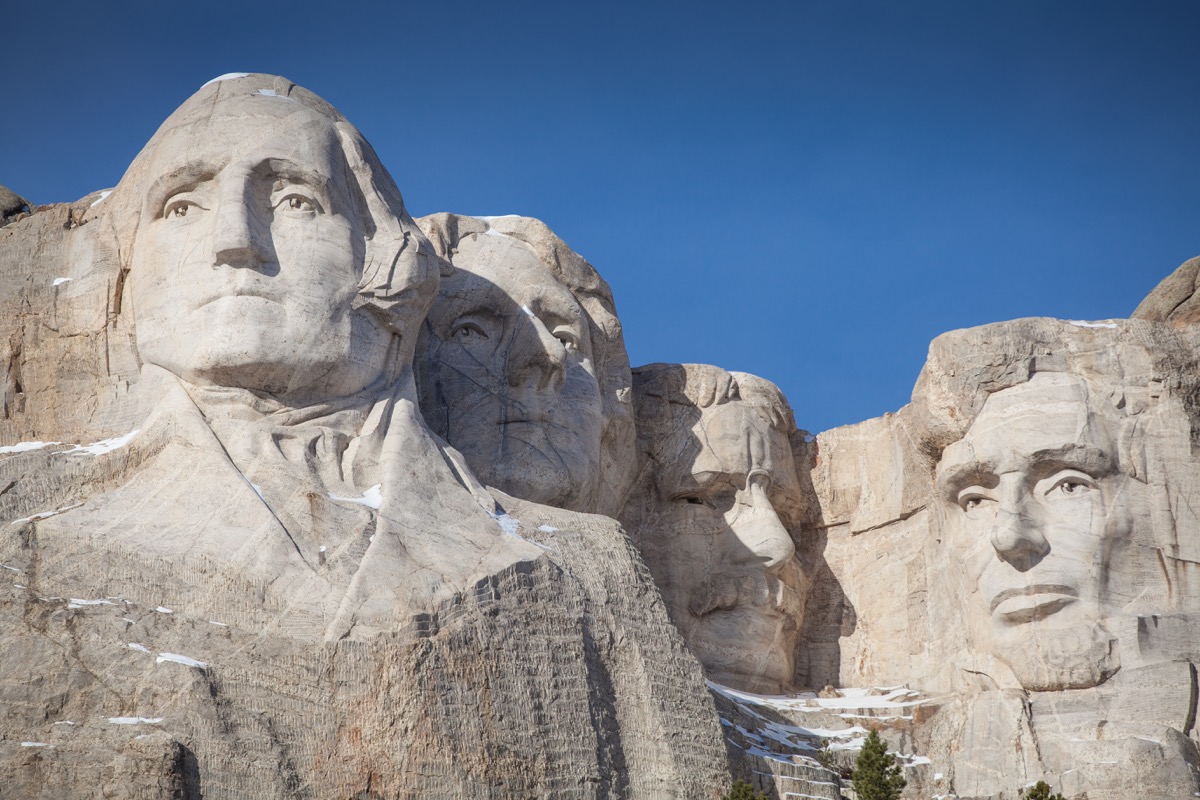
Location: Keystone, South Dakota
When it was built by Gutzon Borglum, this chamber behind Abraham Lincoln's head was meant to hold the documents and artifacts most significant to American history, like the Constitution and the Declaration of Independence. And though the most important papers are located elsewhere today, the unfinished hall does house a repository of records that tell how and why Mount Rushmore came to be. However, you'll have to take our word for it, as it's inaccessible to the public.
4
The tennis courts at Grand Central Terminal
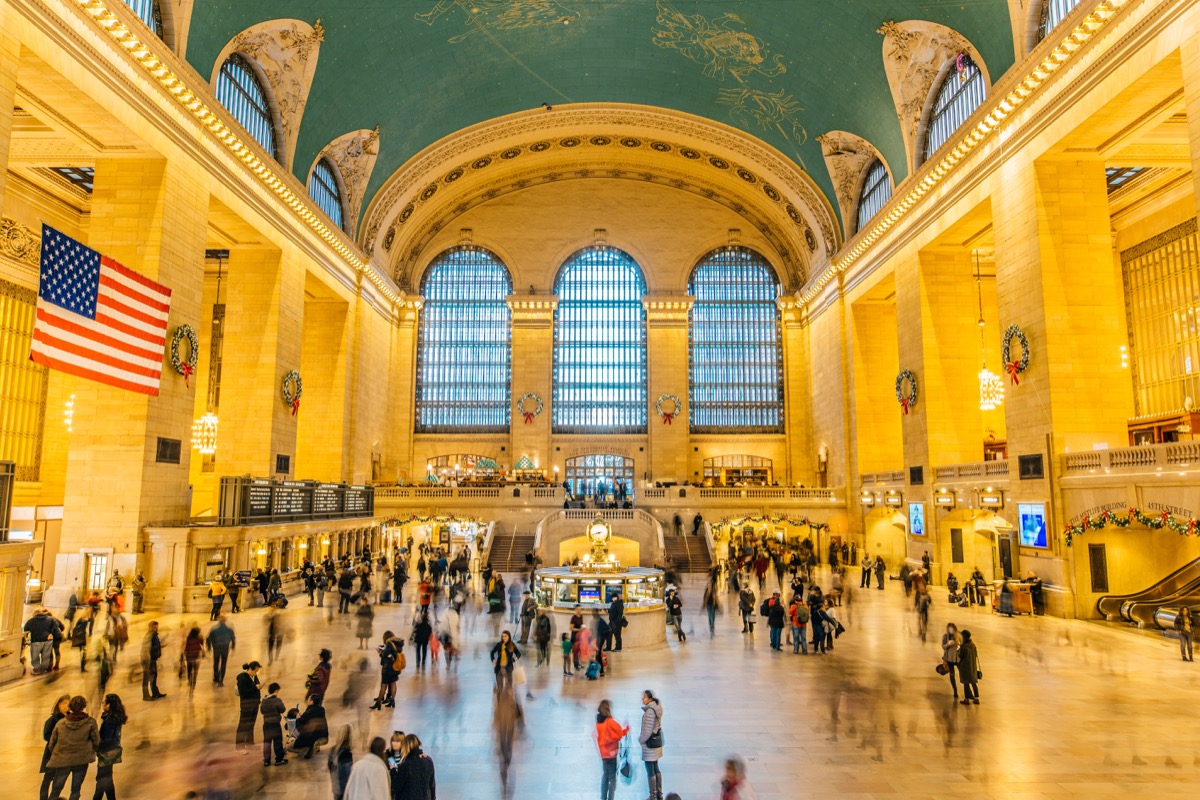
Location: New York, New York
One of New York's busiest train stations has tennis courts in a little-known space called the Annex. Over the years, the area has seen many renovations—it used to be a recording studio as well as an art gallery—and has had various owners, including President Donald Trump at one point. Currently, the space is known as the Vanderbilt Tennis Club, and it's open and accessible to the public.
5
The basketball court in the Supreme Court
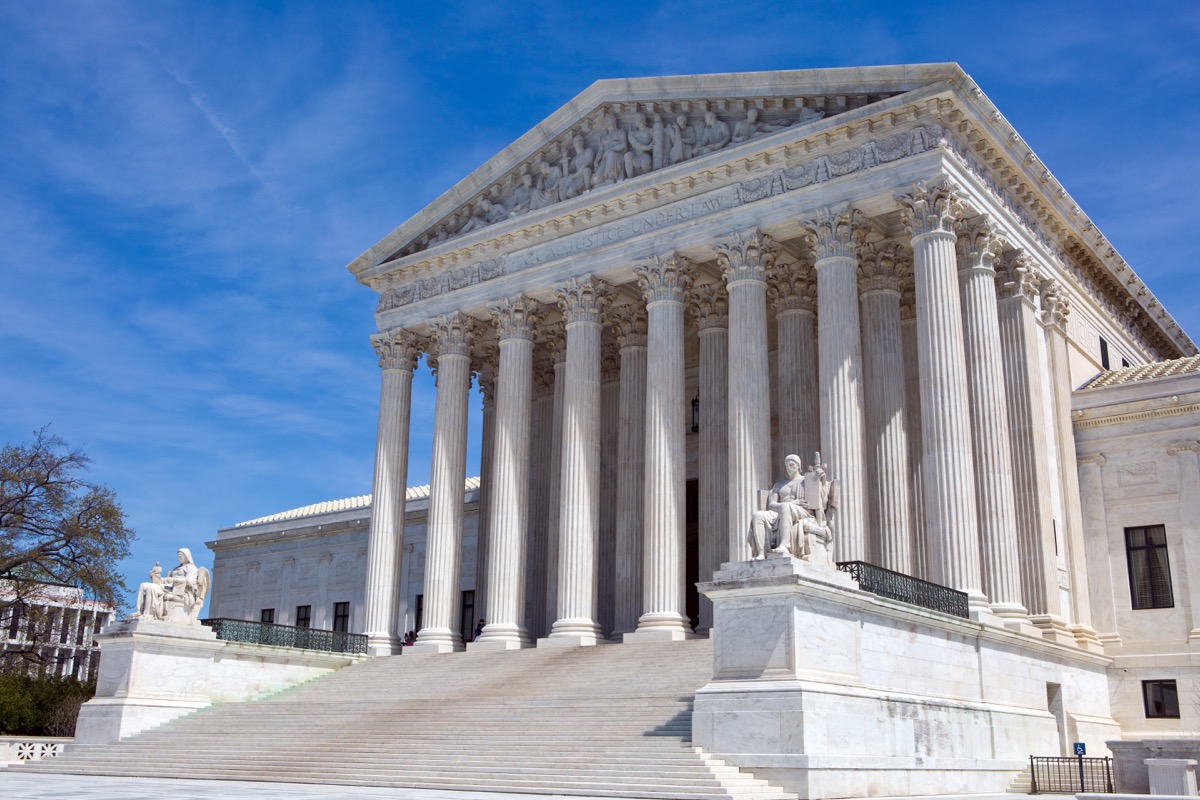
Location: Washington, D.C.
Americans take their sports very seriously, so it's no surprise that Grand Central isn't the only U.S. landmark hiding a sports facility. Over in Washington, D.C., the U.S. Supreme Court has a basketball court on its top floor where clerks, off-duty police officers, and other Supreme Court employees can shoot hoops in between court sessions. The basketball court is aptly nicknamed "The Highest Court in the Land," seeing as it sits above the building's actual courtroom. According to Atlas Obscura, VIPs who've played here include Byron White and Chief Justice William H. Rehnquist.
6
The apartment at Radio City Music Hall
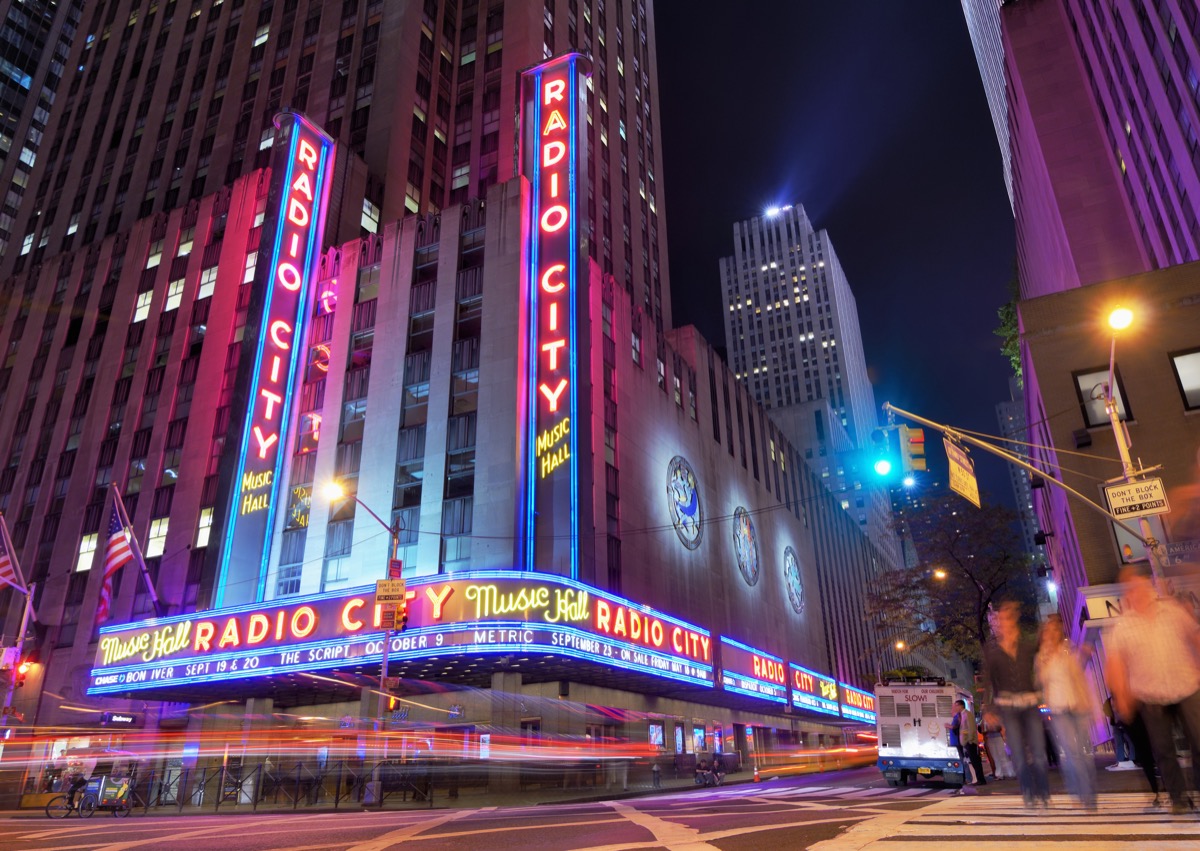
Location: New York, New York
When Radio City Music Hall opened in 1932, vaudeville producer Samuel Lionel "Roxy" Rothafel wanted his own apartment in the theater, and so he had an exclusive art deco suite designed on the fifth floor. Today the area is called Roxy's Suite, and it is reserved for Radio City performers and VIP attendees. You can get a peek by taking the Stage Door Tour or you can even rent it out for a hefty fee.
7
The hypogeum under the Colosseum

Location: Rome, Italy
When the Colosseum was used as an arena, it had an extensive subterranean level called the hypogeum. This was where the complex machinery needed for special effects was stored, where the wild animals were housed, and where the facilities for the gladiators were located. Additionally, this level led to tunnels that connected the Colosseum with the buildings surrounding it. Today you can access the hypogeum with a special ticket or with a guided company like Walks, which offers an underground Colosseum tour.
8
The bowling alley in the Frick Collection
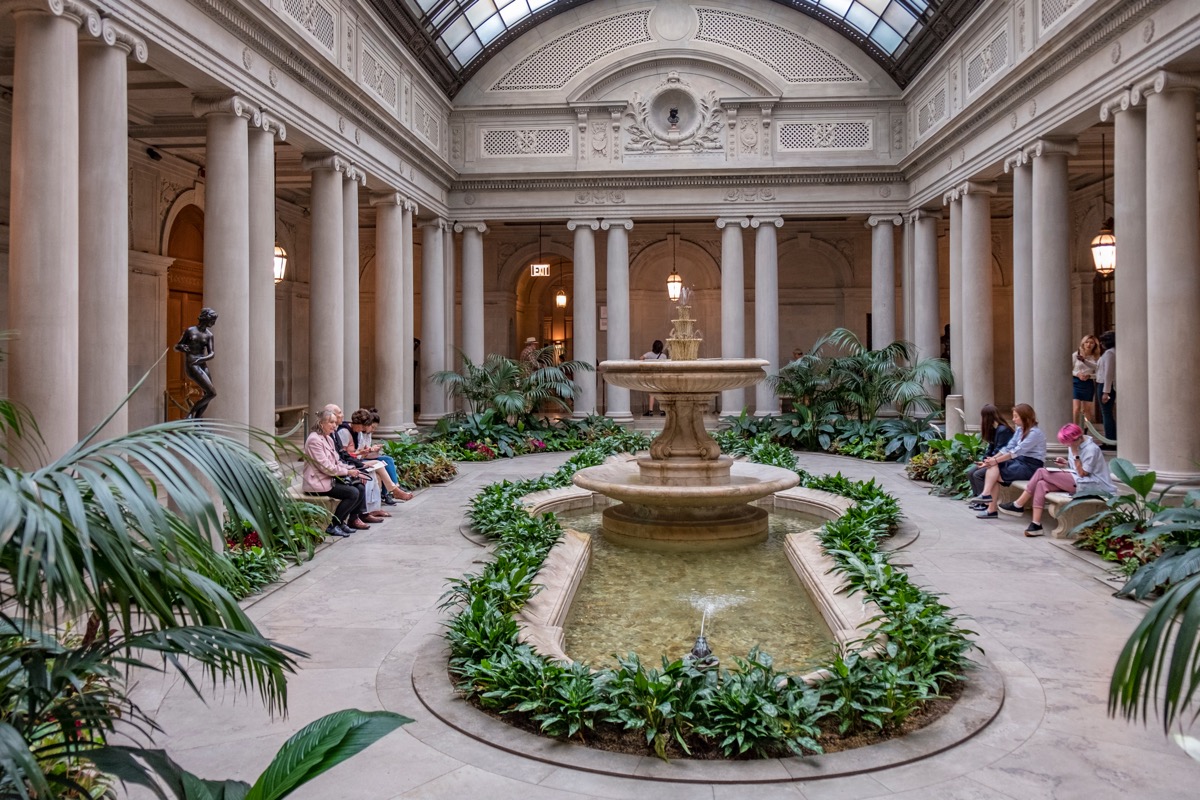
Location: New York, New York
Seven floors below the surface of New York City's Frick Collection sits one of the city's most elegant bowling alleys and billiard rooms. It was built in 1914 when the space was steel magnate Henry Clay Frick's private mansion. The building is now a museum—and though the Frick Collection still houses the bowling and billiard facilities, the public cannot access them.
9
Vasari Corridor between the Uffizi Gallery and Pitti Palace
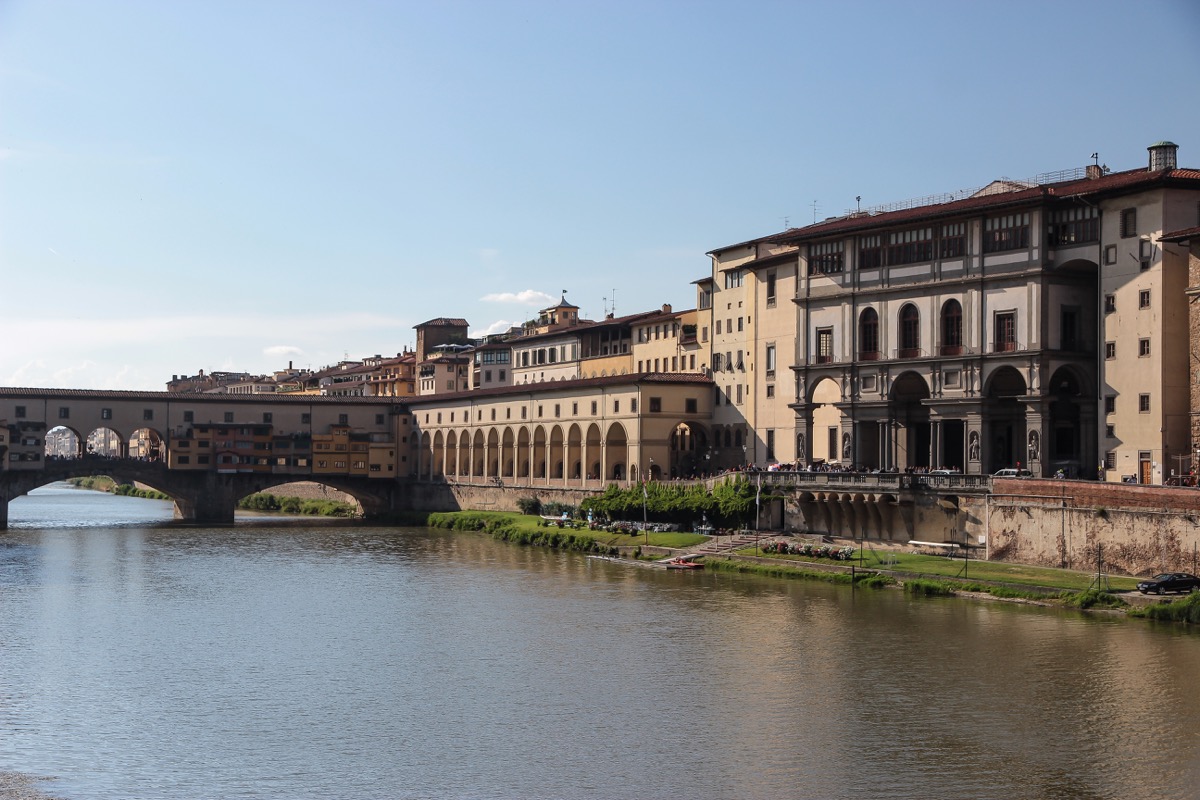
Location: Florence, Italy
The Vasari Corridor—hidden behind an unmarked door on the first floor of the Uffizi Gallery—links the museum to Pitti Palace. It was built in the 16th century by Cosimo de' Medici in honor of his son's wedding. Today, the corridor still connects the two buildings, but it is set up as a small museum separate from the famous Uffizi Gallery. This above-ground passageway houses mostly works from the 16th and 17th centuries as well as a special collection of artists' self-portraits. While it is normally open to the public, it is currently closed for renovations until 2021.
10
The apartments in the New York public libraries

Location: New York, New York
Library custodians and their families used to live in hidden apartments located above New York's public libraries—and some of these dwellings still remain. However, today these secret pads are either closets or empty rooms. Want to see one for yourself? According to Time Out New York, the rooms above the Washington Heights library are reopening imminently.
11
The wine cellars inside the Brooklyn Bridge

Location: New York, New York
After engineer John Roebling designed the Brooklyn Bridge, he was able to fund it with the help of liquor vendors. Since the anchorages of the bridge were constantly cool and perfectly subtle, storing alcohol in them made perfect sense, and so Roebling rented out the caverns below the entrances to various alcohol vendors in the late 19th and early 20th century. Today, the cellars remain mostly empty, though NPR notes that "the rare few who have been allowed to visit the historic cellars… say that they can still sense the spirits that once occupied the extraordinary space."
12
The crypt below St. Mark's Basilica
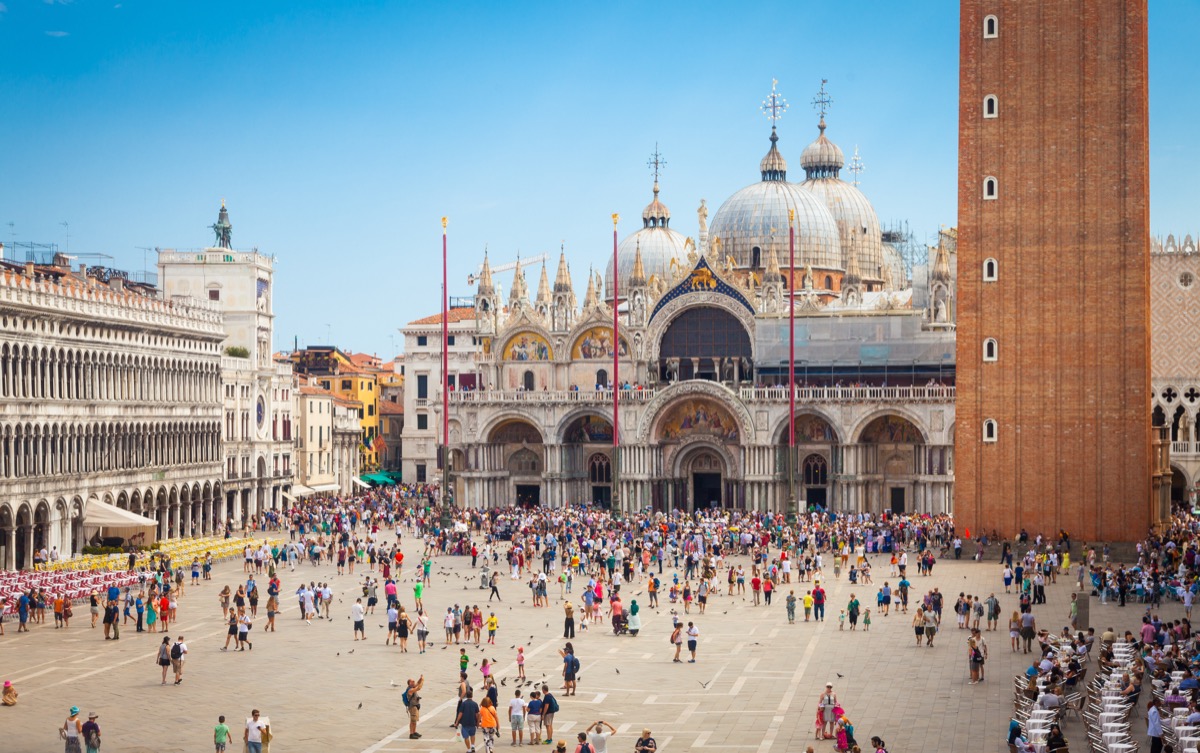
Location: Venice, Italy
Most visitors are too entranced by the main area of St. Mark's Basilica to even think about the possibility that there could be even more glory underneath it. And yet, beneath the presbytery and the side chapels sits a much smaller crypt, one that for centuries has been the repository of St. Mark's body. It is also used as a burial place for the Patriarchs of Venice. Visiting the crypt isn't as easy as seeing the rest of the cathedral, but some companies offers intimate after-hours tours that include a peek inside.
13
The undercroft below the Lincoln Memorial

Location: Washington, D.C.
Underneath Abraham Lincoln's feet (and yours when you visit) is a cavernous three-story, 43,800-square-foot basement. When construction began on the memorial in 1914, engineers filled this area with columns to support honest Abe and his marble throne, according to Atlas Obscura.
The area was forgotten about until renovations on the monument began in 1975, leading workers to find stalactites and an ecosystem of rodents and insects in this now cave. The National Park Service wants to open up the undercroft as retail space and storage in time for the Lincoln Memorial's centennial in 2022. As of now, it remains inaccessible to the public.
14
The abandoned island at Disney World
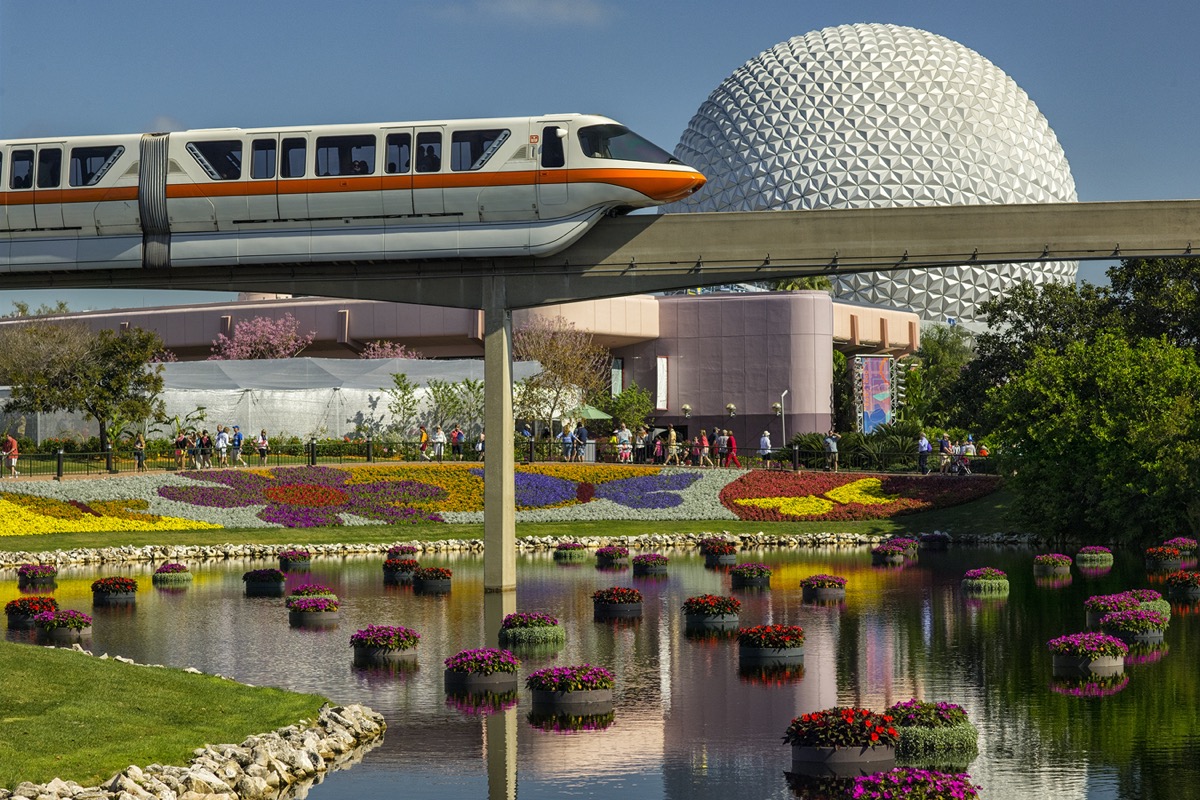
Location: Orlando, Florida
On the official Disney World map, there is an unmarked green blob in the middle of Bay Lake. While that island is now closed, it was until 1999 a separate theme park called Discovery Island with a focus on birds and fauna. A few people have snuck on to capture footage of the decaying park in recent years; in the videos, you can see a defunct snack bar, an old animal hospital that still has supplies, and a sad-looking loading dock.
15
The secret club at Disneyland

Location: Anaheim, California
Disneyland has a secret space just like its sister park in Florida. However, over in California, you can actually access this hidden area—and it even serves alcohol. Yes, we're talking about Club 33, Disneyland's members-only lounge for dining and drinking. Unless you dole out the money to become a member, you're going to have a hard time getting in (or even finding out what happens inside).
While it's more well-known these days, most people never even notice the club because the only marker the high-end restaurant has is a cryptic "33" sign near its entrance.
16
The 103rd floor of the Empire State Building
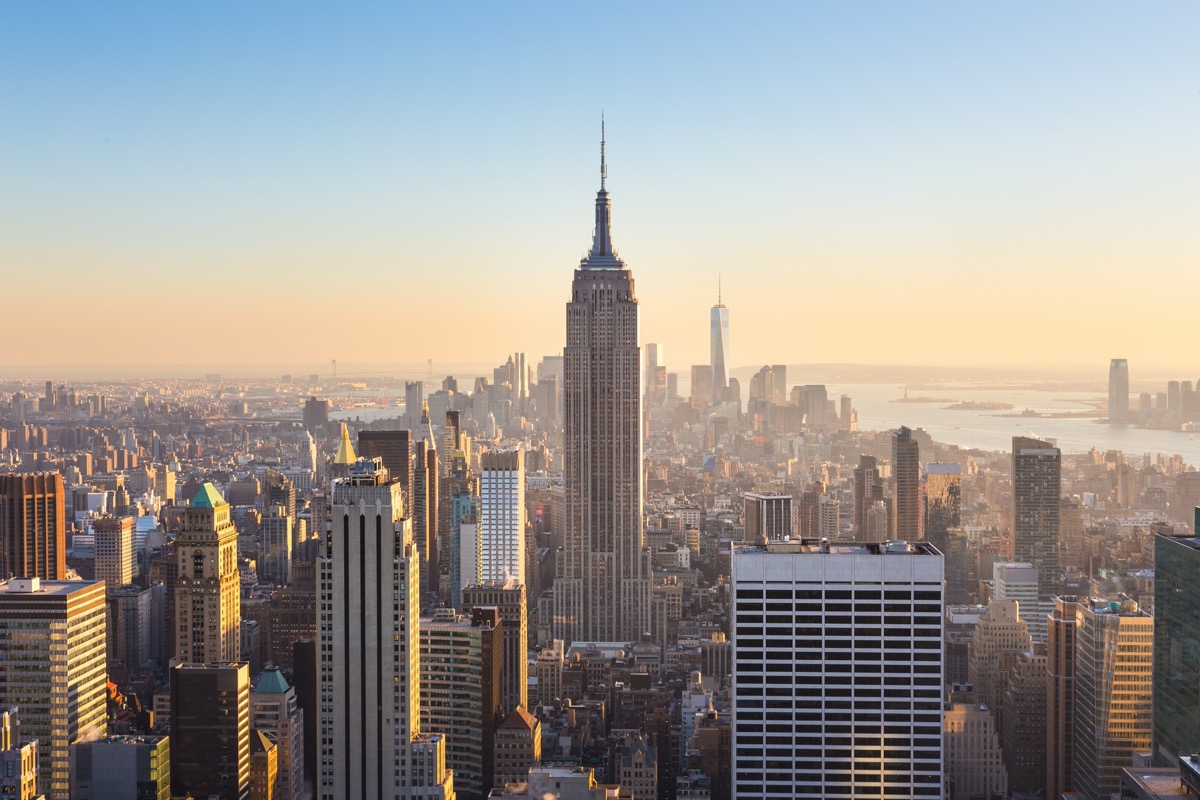
Location: New York, New York
Everyone says the Empire State Building has 102 floors. However, the iconic New York landmark actually has a secret 103rd floor. There's a staircase on the 102nd floor that leads to another floor, though it's usually only accessed by engineers and celebrities like Taylor Swift. On this sky-high floor, there is yet another staircase that leads to the "capsule" of the Empire State Building, and above that is the infamous antenna.
17
The ancient chambers at Drum Castle
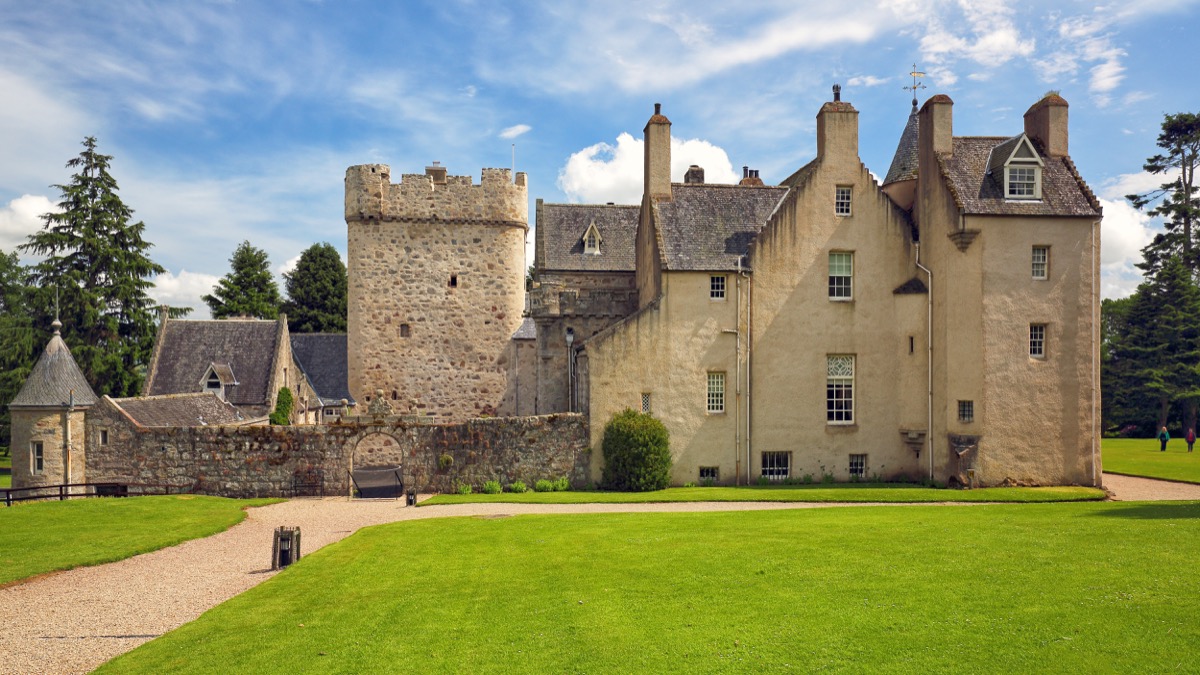
Location: Aberdeenshire, Scotland
In 2013, archaeologists came across a secret medieval chamber and an ancient bathroom while working on a conservation project for Scotland's oldest-kept castle. Somehow, the room was perfectly preserved when it was found—even the original toilet seat was there!
18
The attic inside the Washington Square Park arch
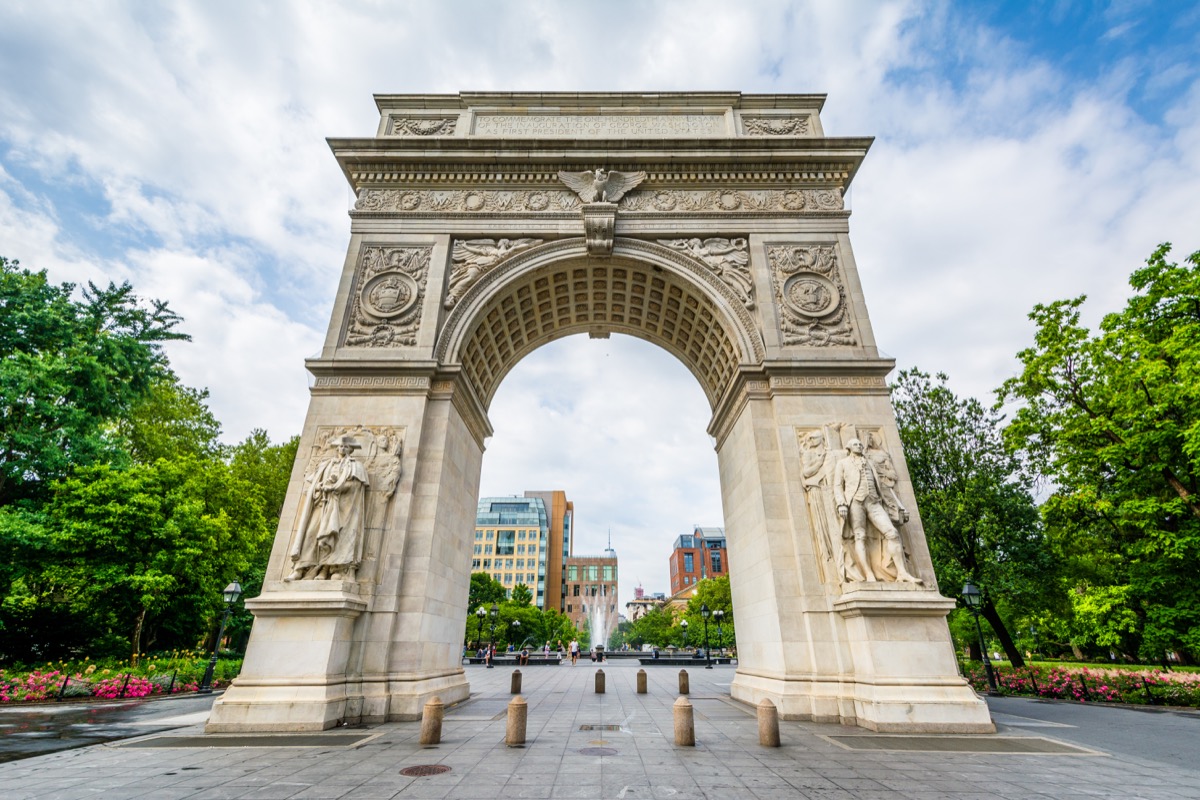
Location: New York, New York
The iconic arch in Washington Square Park is just as functional as it is beauteous. Believe it or not, the structure houses both a spiral staircase and a 17-foot-tall attic—and while this space has incredible views of New York City, it's currently inaccessible to the public.
19
The Cave of Evil Spirits at Niagara Falls
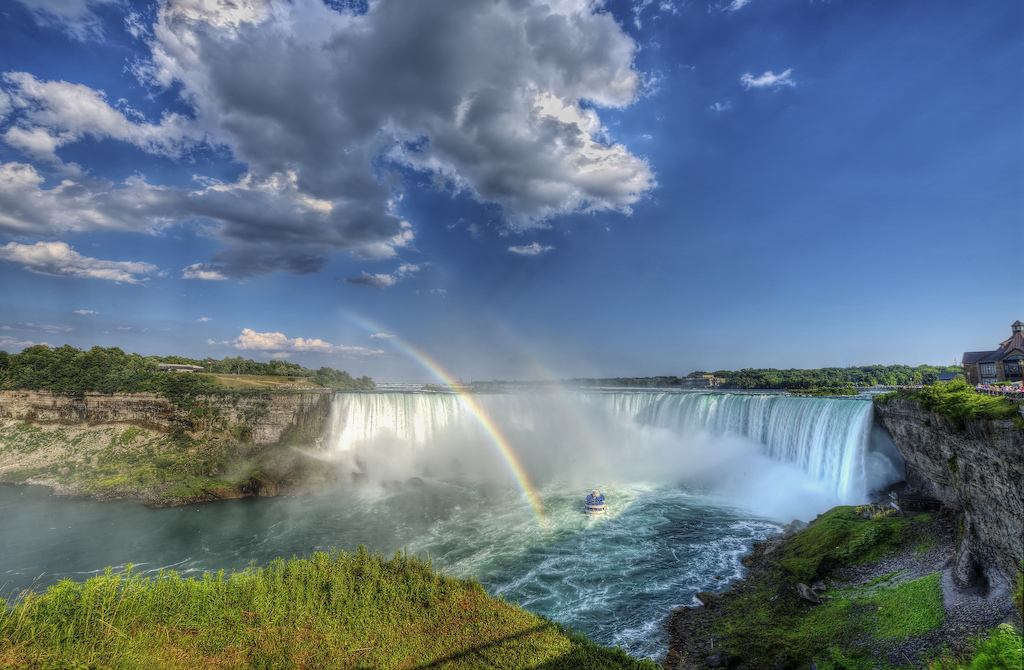
Location: Niagara County, New York
Just down the road from the hordes of tourists gathered at Niagara Falls lies a small hidden limestone cave carved into the side of the Niagara Gorge called the Cave of the Evil Spirits. As its name suggests, people believe that the cave is haunted; in 1763, a group of British soldiers was ambushed and killed by a Seneca tribe at this site, and their bodies were found floating in the Niagara River. Enter if you dare!
20
The abandoned train tracks under the Waldorf-Astoria hotel
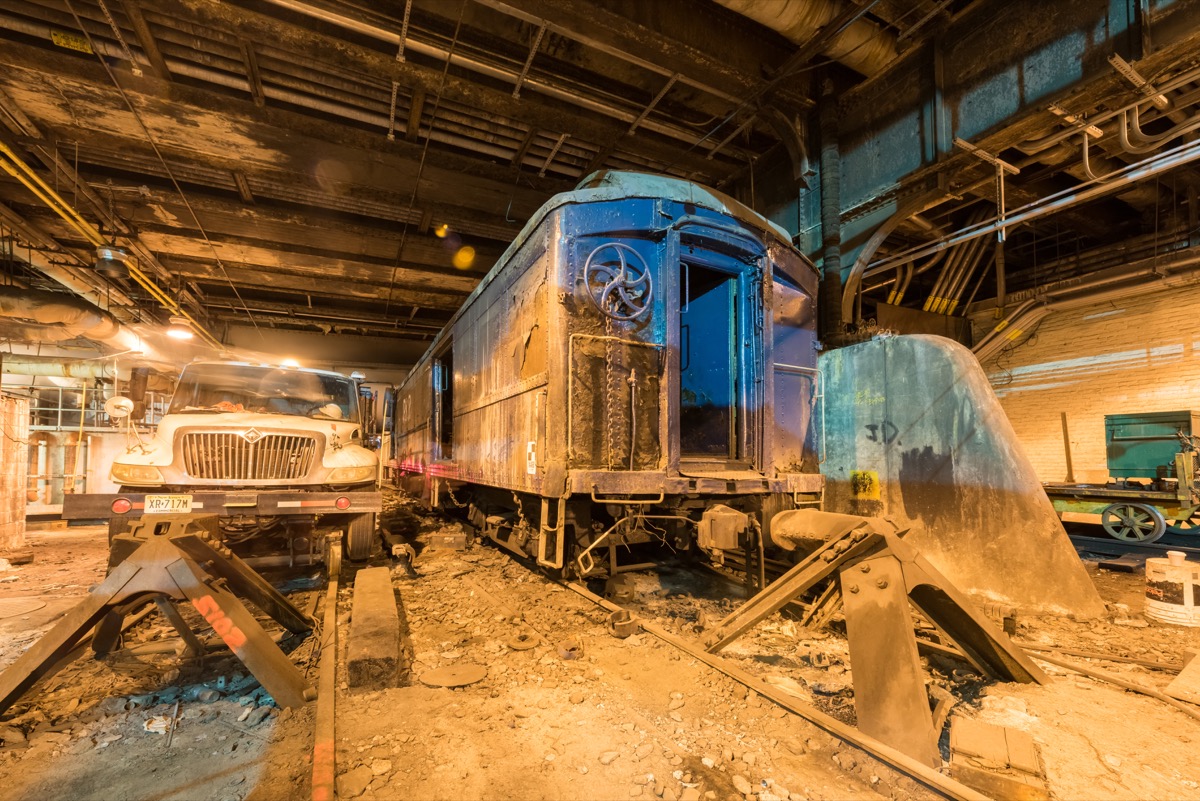
Location: New York, New York
Track 61 is a somewhat abandoned Metro-North station located under the Waldorf-Astoria in New York City. Though there are a bunch of abandoned train stations in New York, what makes Track 61 different is the fact that it's placed under such a famous hotel and is only accessible via a locked door on 49th Street and a private elevator. According to Atlas Obscura, President Franklin D. Roosevelt would use this track back in the day in order to avoid the public eye whenever he visited New York. Today, there is an antique train car permanently parked in the station, and VIPs still supposedly use the station for stealthy getaways.
21
The apex hatch on the Washington Monument

Location: Washington, D.C.
It's known that you can enter the Washington Monument—when it's open, at least—but did you know you could exit the monument… from the top? Well, workers can via a tiny hidden door right below the tip of the structure. From there, they can grapple down the monument to clean and repair it.
22
The ballroom inside Flinders Street Station
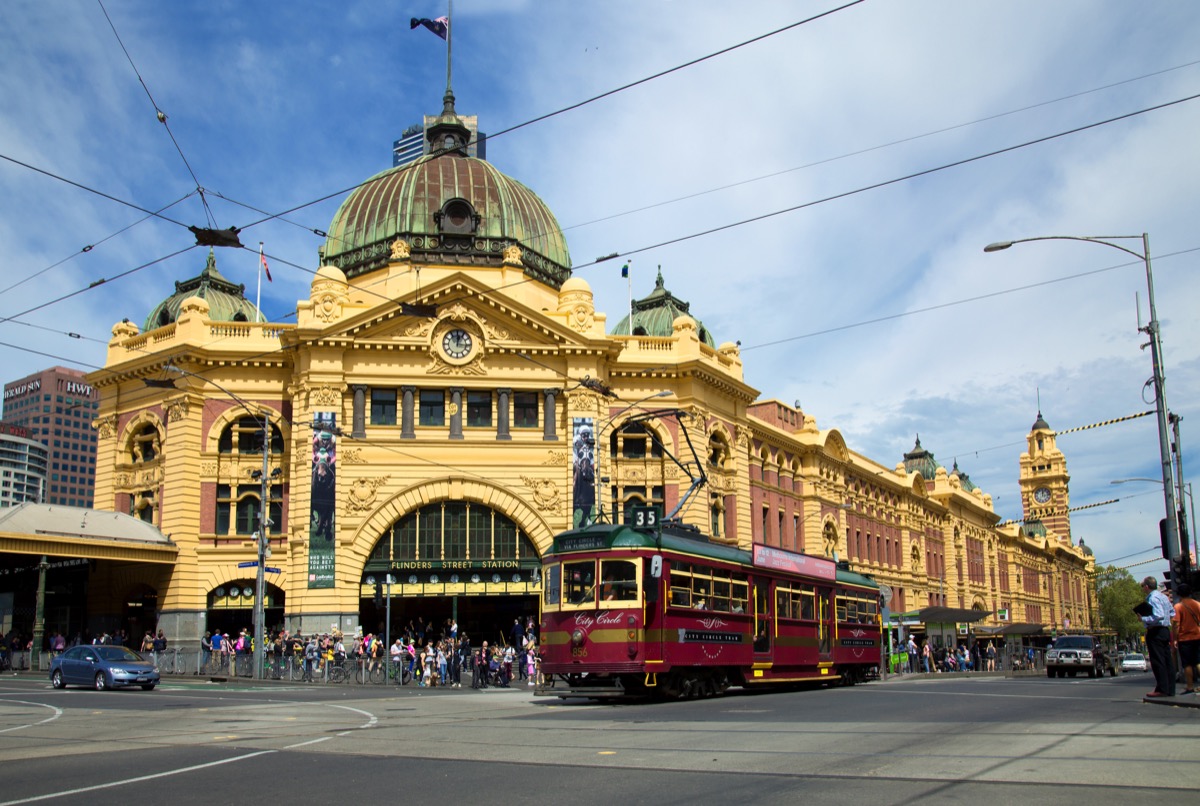
Location: Melbourne, Australia
On the third floor of Melbourne's Flinders Street Station is a glorious ballroom. It's extremely exclusive, and the few who've been able to enter since it closed in 1985 were only able to do so with a secret golden ticket, according to National Geographic. It wasn't always this exclusive, though. Back in the day, the space was used as a lecture and activities hall, and in the 1950s and 1960s it was converted into a ballroom for public dances.
23
The hidden speakeasy inside Pixar Studios
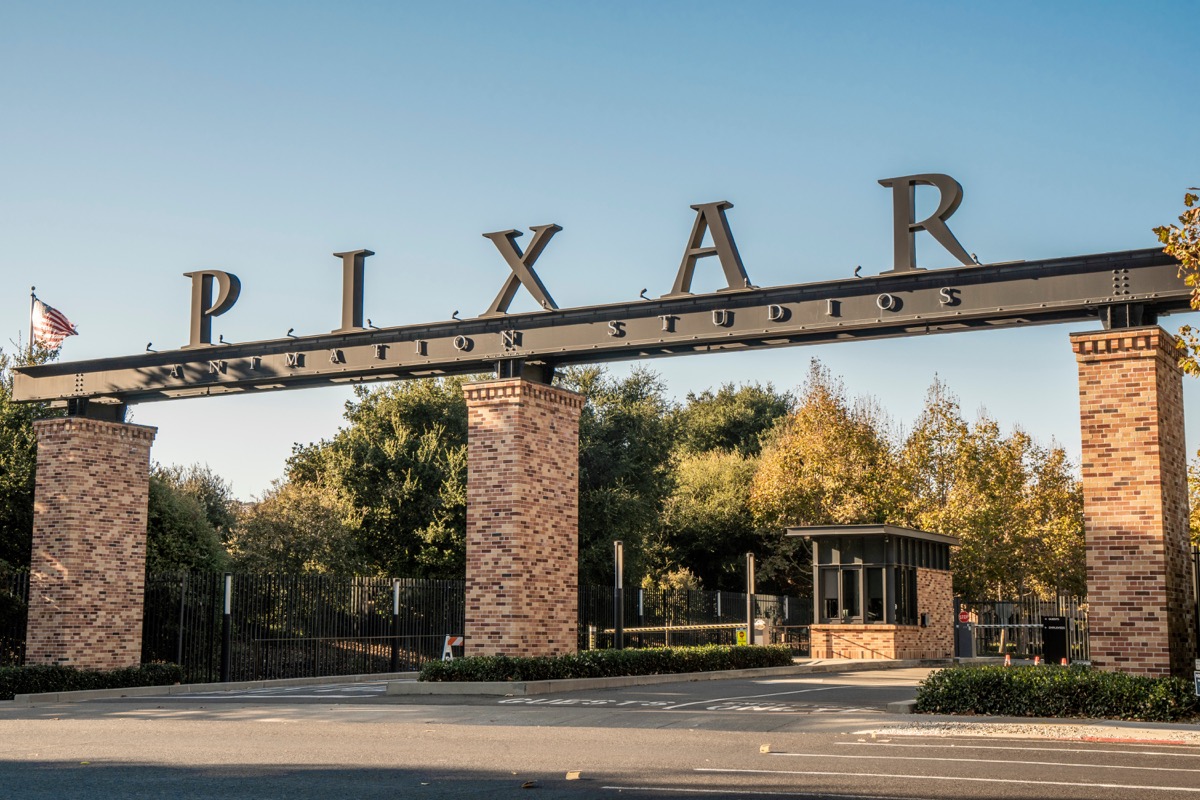
Location: Emeryville, California
Animator Andrew Gordon was exploring the Pixar Studios space when he came across a "tiny door" with a key in it. When he went through the passageway, what he came upon was a giant empty space that he turned into the Lucky 7 Lounge, a place where employees could go to hang out, grab a drink, and relax. Apparently even Pixar chairman Steve Jobs used to love visiting the space; in his biography of the Apple founder, Walter Isaacson notes that "Jobs brought important visitors there and had them sign the wall," including Michael Eisner, Roy Disney, and Tim Allen. Unfortunately the only entrance to this secret room is via Gordon's office, so unless you know the animator or another Pixar employee, you're likely not going to be granted access.
And for more trip inspiration, add these 20 Best Places to Travel in 2020 to your list.
